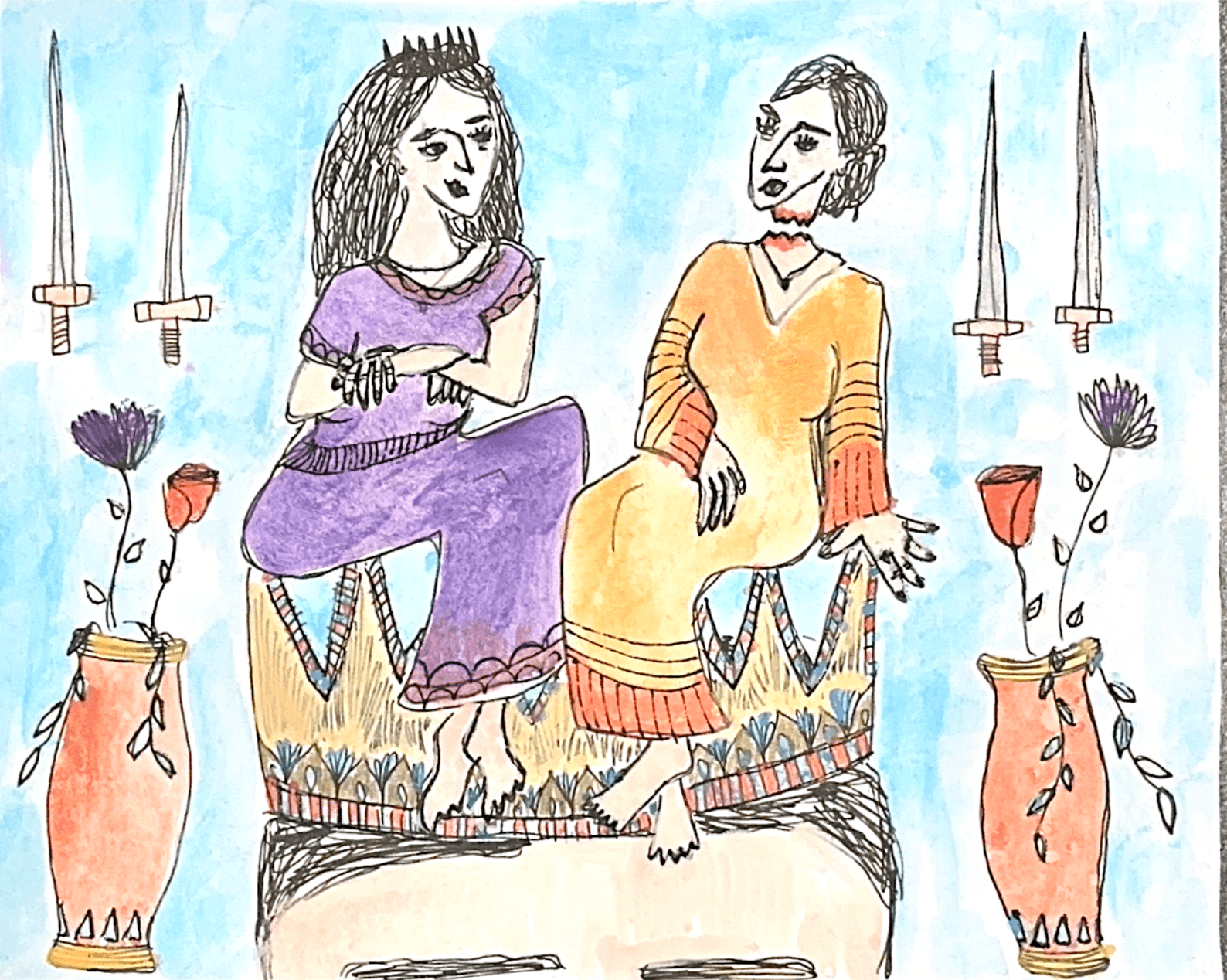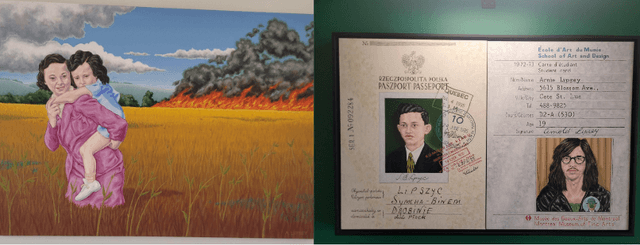Esther is hailed as a triumphant feminist hero of Jewish tradition, but there is more to her than a simple story of a woman saving her people. There is no doubt that Esther is a Jewish heroine by virtue of being one of few women in our tradition who is a substantive operative in both her story and the defense of her people. Although Esther’s story is often just one of many stories of Jews narrowly escaping annihilation, there is an added gender lens that is less commonly examined. She is de facto viewed as a feminist hero because she is a woman who takes action, but this is not necessarily an accurate interpretation. Esther does not take real action against the patriarchal system that has severe implications for her life. Instead, she manipulates the power sexism grants her as a beautiful woman to save the Jewish people from destruction. A key theme for understanding the gender politics of Esther is intersectionality. Esther, a Jewish woman, is doubly bound by both sexism and antisemitism. She lacks power as a woman; her life is dictated by men. She is also a Jew — a minority group in exile. In contrast, Vashti is a Gentile and therefore solely oppressed for her status as a woman. There is no doubt that Vashti is screwed by patriarchy, having to choose between accepting Achashverosh’s entitled, humiliating perversions or abandoning her life completely, along with it the power and luxuries it grants. However, Vashti seems to be among the Persian majority, and does not face the threat of eradication based on her ethnic identity.
In the Megillah, Mordechai unambiguously tells Esther to hide her Judaism without explicitly stating why. Mordechai is so pious that it is unlikely that he would urge his niece to voluntarily enter into an oppressive Gentile setting without good reason. His encouragement of Esther to enter the “pageant” and become the next queen, despite the indignities and impieties she must endure, indicates a situation where Jews are marginalized and vulnerable. When Haman subsequently orders the eradication of the Jews, Mordechai reminds Esther that she has the power to save her people. However, Esther is hesitant to approach Achashverosh because it is a capital offense to come before the king without being summoned. Mordechai reminds her that being queen will not protect her from death, as nothing will change her Jewishness. She mobilizes, advocating for her people and ensuring their survival. Due to Haman’s imminent threat to the Jews, Esther must prioritize the safety of her people and herself over any hardships she may endure as a result of her gender and position.
Esther and Vashti do not have the same options for resistance against the systems that oppress them. Esther must face the immediate threat of antisemitism, using her power as queen. Vashti, though, is not bound by these same dangers. She deals directly with the objectification and disrespect she faces from Achashverosh, focusing on her personal liberation from him. Though the text does not say what happens to Vashti, but regardless, she is free from the oppressive sexism of the royal palace — albeit without all the safety and power of queendom. Esther does not have that luxury. As a result of the double oppression she faces, Esther must focus on survival first, using the sexism she faces as a tool. Esther must stay in her role as queen; her life and the lives of her people depend on it. Esther must operate as an agent within the system. The more pressing issue is the threat of the extermination of the Jewish people, not the more routine affronts to her dignity of a patriarchal heterosexual relationship.
Esther’s struggles with antisemitism and sexism still ring true today. Jewish women are facing this double bind, whether through casual sexism in Jewish spaces, unaddressed antisemitism in feminist spaces, or both in society at large. In life-and-death circumstances, we prioritize survival. However, in better times, the calculation shifts. We can fight antisemitism and sexism at the same time, using our experiences of oppression to inform our struggle. Let us learn from Esther: stepping up to the fight because continuing in these broken systems is not an option - a better world is not only possible but absolutely vital.
Powered by Froala Editor






